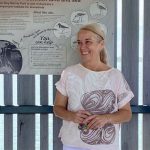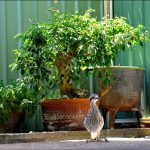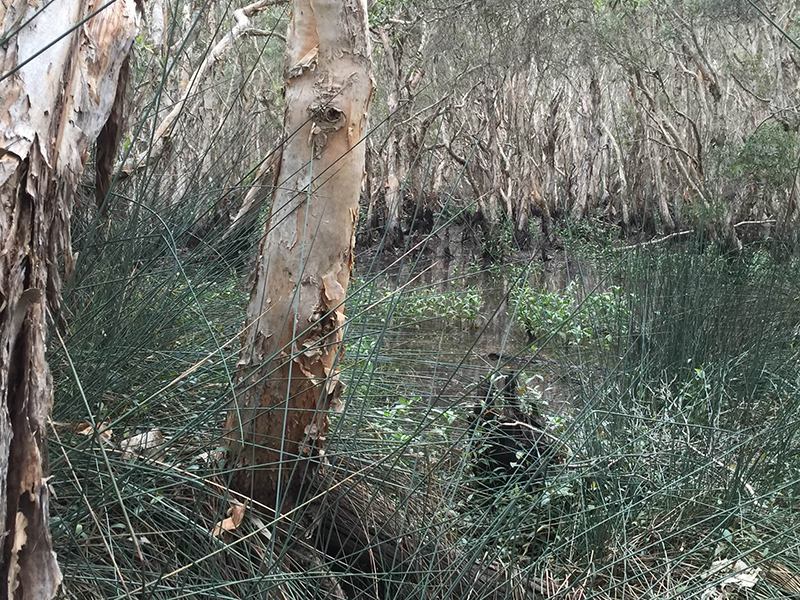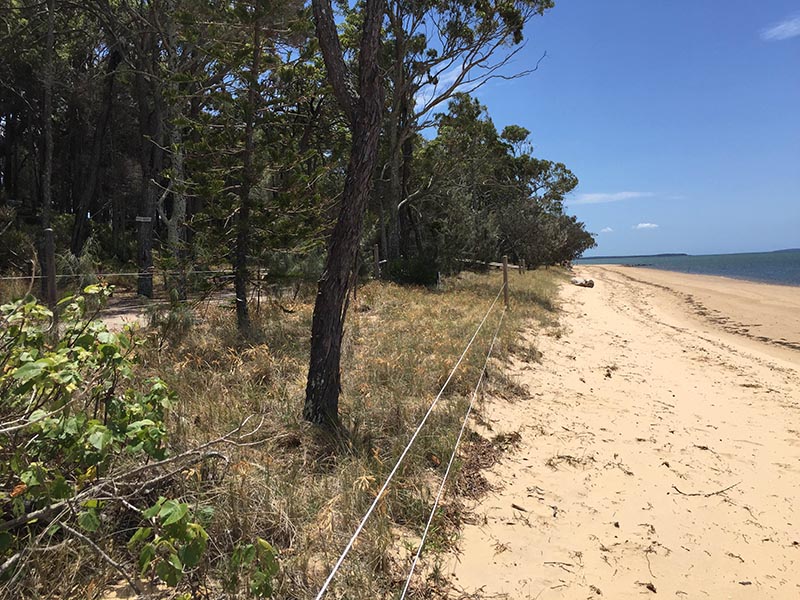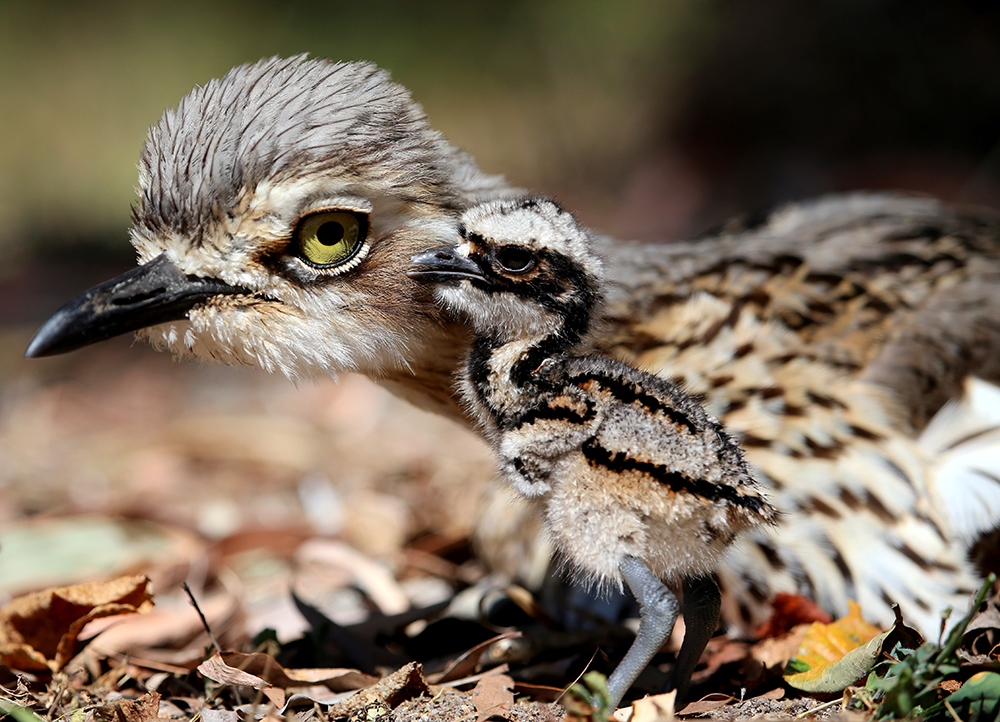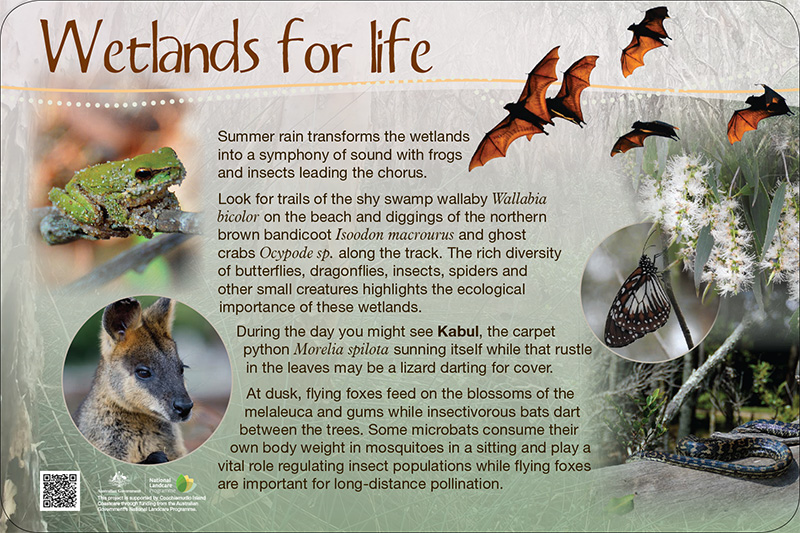Marine Pollution: Litter and plastic
Litter is a serious pollution issue that affects our waterways, coastline and ocean impacting on wildlife and the marine environment. Millions of tonnes of litter enter the world’s oceans each year.
Queensland has the highest amount of litter of all mainland states in Australia. When litter is dropped on land, rain and flood water carry it into stormwater drains which empty into our creeks, rivers, and eventually oceans.
The impact of marine pollution: plastics and chemicals
Marine wildlife ingest pollutants causing dehydration, damage to internal organs or starvation. Most plastic never biodegrades, it breaks down into smaller pieces known as micro plastics. These plastics consist of toxic chemicals which enter the food chain via marine animals and increase the potential for human health impacts. Up to 30% of turtle deaths in Moreton Bay are caused by the ingestion of litter.
Wildlife entanglement in debris can cause drowning, suffocation, strangulation, starvation and lethal wounds or physical deformities. Australian Seabird Rescue estimates that 94% of pelicans rescued suffer from fishing tackle hooking or entanglement.
Litter impacts on our economy as well as our environment, by polluting natural areas which support our tourism and leisure industries. The impact on our fishing industry includes contaminated catches and damage to boat hulls and propellers.
Lyngbya
Lyngbya majuscula is a species of cyanobacteria (blue-green algae) that occurs in Moreton Bay. Toxins present in the cyanobacteria can cause skin or eye irritation to people who come into direct contact with Lyngya.
What are the effects of Lyngbya to humans and the environment?
When Lyngbya is in bloom, it can cause problems for the natural environment as well as human health. The effects of these blooms include:
Environmental
-
- Seagrass die-back, due to shading and smothering of seagrass by the Lyngbya bloom.
-
- Smothering of mangrove aerial roots and seedlings.
-
- Disturbance to animal populations, including dugongs, turtles, fish and macroinvertebrates such as crabs and shellfish.
-
- A decline in water quality, including lowered levels of dissolved oxygen and increased sediment nitrogen levels.
Human health
-
- Skin irritations such as dermatitis and / or respiratory disorders and eye irritations brought about through physical contact with
-
- Lyngbya or breathing in airborne toxins produced by Lyngbya in its dry state.
-
- Pungent smells from the degradation of the Lyngbya when decomposition occurs on the beaches.
Economic
-
- Temporary beach closures affecting the tourism industry.
-
- Large clean-up bills for local councils.
-
- Dramatic effects on the commercial fishing industry.
Where does Lyngbya occur?
Lyngbya exists in warm tropical and subtropical estuarine and coastal marine waters around the world. Lyngbya blooms have been reported in such areas as Hawaii, Mozambique, Philippines and Curacao. In Australia Lyngbya occurs in South Western Australia and in Queensland on the Great Barrier Reef, in Hervey Bay and South East Queensland.
What are Lyngbya ‘blooms’?
Given the right conditions, Lyngbya can grow excessively or ‘bloom’, with some blooms known to stretch over kilometres. Lyngbya blooms are normally found growing attached to seagrass, seaweed and other aquatic surfaces like coral and rocks. Lyngbya can also be found floating in the water and washed up on beaches.
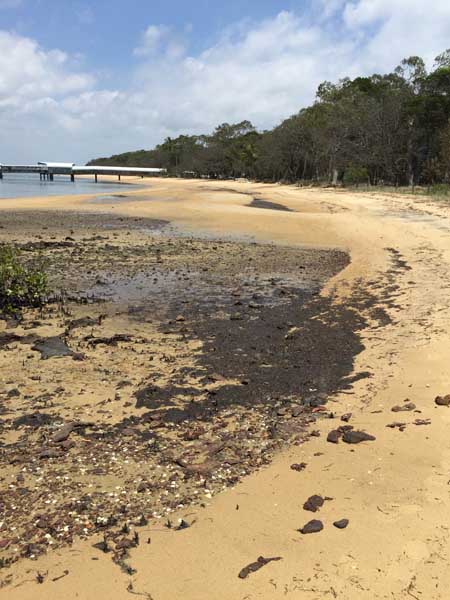
Why does Lyngbya ‘bloom’?
The cause of Lyngbya blooms in South East Queensland is complex and it is likely that no one factor alone triggers bloom events. Increased nutrients (phosphorus, nitrogen and iron) and dissolved organic matter have been shown to provide optimal growth conditions for Lyngbya especially during summer when light conditions and water temperatures (about 24°C) are favourable.
When does Lyngbya ‘bloom’?
In Moreton Bay, Lyngbya blooms tend to occur in October lasting through to mid-February and decreasing in extent from April to May. In Deception Bay, blooms commonly start in November and extend through to February and March.
What to do if you are close to Lyngbya
Avoid contact with Lyngbya in the water or on the beach. If contact with Lyngbya occurs, rinse the area with fresh water as soon as possible. If you experience stinging, burning or itching sensations or respiratory discomfort after contact, seek medical attention.
What is being done about Lyngbya?
Lyngbya will always exist to some extent as it is a natural component of our estuarine and coastal marine systems. State and local governments regularly monitor blooms and have contingency response plans to minimise the impact of Lyngbya blooms on public health and the community.
To reduce Lyngbya outbreaks and minimise their effects in South East Queensland, the Coastal Algal Blooms Action Plan within the SEQ Healthy Waterways Strategy 2007–2012 outlines a cooperative approach involving the SEQ Healthy Waterways Partnership Office, researchers, all levels of government, industry and the wider community. Legislative strategies to minimise the movement of nutrients from the land into coastal waters (where they can stimulate blooms) are addressed in the South East Queensland Regional Coastal Management Plan and South East Queensland Regional Plan 2009-2031. However, it will take time before implementation of these management strategies lead to a reduction in the frequency or severity of bloom outbreaks.
How can we all help with Lyngbya problems on Coochiemudlo Island?
-
- Know how to identify Lyngbya and report sightings to the Redland City Council.
-
- Reduce fertiliser use. This will reduce nutrients entering waterways.
-
- Keep streets and stormwater drains free of green wastes.
-
- Help restore riparian (riverbank) vegetation as it will improve the quality of water entering waterways.
[Ref. Queensland Government Department of Environment & Heritage Protection Algae and algae blooms]
Posts about wildlife on Coochiemudlo and in the Bay
-
Turtle Monitors Appeal for Assistance
Help prevent turtles dying in crab pots by retro-fitting your pots with turtle excluders. This article was written by Coochie resident, Chris Leonard. -
New lease of life for shore bird signage at local jetties
Over the holidays new shorebird information signs were erected at both Victoria Point and Coochiemudlo jetties thanks to sponsorship by Kim Richards, Member for Redlands. Coochiemudlo island is surrounded by important shorebird feeding mudflats... -
Tracking shorebirds around Coochiemudlo Island
At our 2021 AGM, Dr Robert Bush shared fascinating tracking data on the movement of migratory shorebirds around the Bay and Coochiemudlo Island. -
Our highest count to date! Thank you to all our Curlew counters who took part in the count this year. Fifty volunteers — including 16 island residents — counted a total of 233 birds...
-
A hot humid weekend didn’t deter volunteers who participated in Coochie’s annual curlew count at the weekend. After a briefing at Main Beach by Indigiscapes, teams were dispatched to search every nook and cranny on...



